Stove Top Stuffing
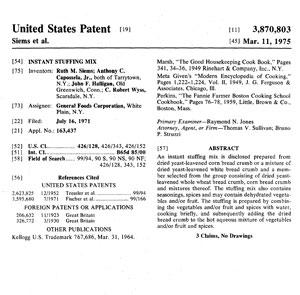 U.S. Patent No 3,870,803 was issued to General Foods on March 11, 1975 for Instant Stuffing Mix. Ruth Siems, Anthony C. Capossela Jr., John F. Halligan and C. Robert Wyss are listed as the inventors. The patent was based on the correct size of the bread crumb for successful rehydration. A bread crumb that is too small will turn into a soggy mess when water is added. If the crumb is too large, the water will not soften the crumb.
U.S. Patent No 3,870,803 was issued to General Foods on March 11, 1975 for Instant Stuffing Mix. Ruth Siems, Anthony C. Capossela Jr., John F. Halligan and C. Robert Wyss are listed as the inventors. The patent was based on the correct size of the bread crumb for successful rehydration. A bread crumb that is too small will turn into a soggy mess when water is added. If the crumb is too large, the water will not soften the crumb.
“The nature of the cell structure and overall texture of the dried bread crumb employed in this invention is of great importance if a stuffing which will hydrate in a matter of minutes to the proper texture and mouthfeel is to be prepared.”
The idea for the instant stuffing came from the marketing department of General Foods but the research and development team had to create the product. The test kitchens, chefs and employees were all working on developing the stuffing. Ultimately, Siems’ idea was the one chosen. Kraft, who now owns the Stove Top Stuffing brand, sells over 60 million boxes around Thanksgiving. Continue reading “It’s Not All About the Turkey: Thanksgiving Patents”

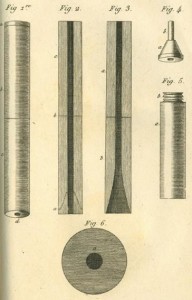
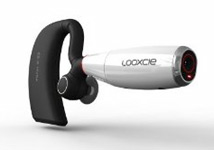 Looxcie was invented by a man who was tired of dealing with a video camera while trying to record a children’s birthday party. Instead of being stuck behind the camera, it would be possible to participate in events while capturing the moments on video at the same time. Looxcie is a Bluetooth enabled video camera that you wear over you ear which uses a smart phone as the view finder. You line up the camera with what you want to video, put your phone away and enjoy the moment while still recording.
Looxcie was invented by a man who was tired of dealing with a video camera while trying to record a children’s birthday party. Instead of being stuck behind the camera, it would be possible to participate in events while capturing the moments on video at the same time. Looxcie is a Bluetooth enabled video camera that you wear over you ear which uses a smart phone as the view finder. You line up the camera with what you want to video, put your phone away and enjoy the moment while still recording. 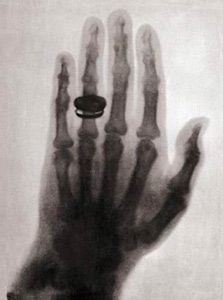 This week in 1895, a monumental advancement in medical technology was made by accident in a German lab.
This week in 1895, a monumental advancement in medical technology was made by accident in a German lab. The first program-controlled computer machine was built in the inventor’s parent’s living room. The Z1 was assembled between 1936 and 1938 by a German man with no background in electronics. Konrad Zuse, a civil engineer, quit his job at an aviation company to build his device.
The first program-controlled computer machine was built in the inventor’s parent’s living room. The Z1 was assembled between 1936 and 1938 by a German man with no background in electronics. Konrad Zuse, a civil engineer, quit his job at an aviation company to build his device.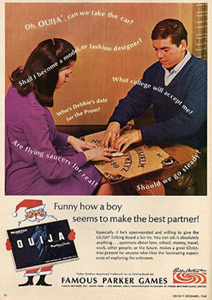 Believe it or not, there are numerous patents for the most popular device supposedly used to communicate with those in the spirit world. The device wasn’t really invented by any of the patent holders, instead it was refined. A Ouija board is used by putting your fingertips on the planchette or indicator and allowing the spirits to guide the planchette around the board. This idea was not new to the Ouija board. “Automatic writing” which was practiced by the ancient Chinese was a process of producing writing utilizing a planchette. Supposedly, the hands of the writer were guided by forces beyond themselves.
Believe it or not, there are numerous patents for the most popular device supposedly used to communicate with those in the spirit world. The device wasn’t really invented by any of the patent holders, instead it was refined. A Ouija board is used by putting your fingertips on the planchette or indicator and allowing the spirits to guide the planchette around the board. This idea was not new to the Ouija board. “Automatic writing” which was practiced by the ancient Chinese was a process of producing writing utilizing a planchette. Supposedly, the hands of the writer were guided by forces beyond themselves.